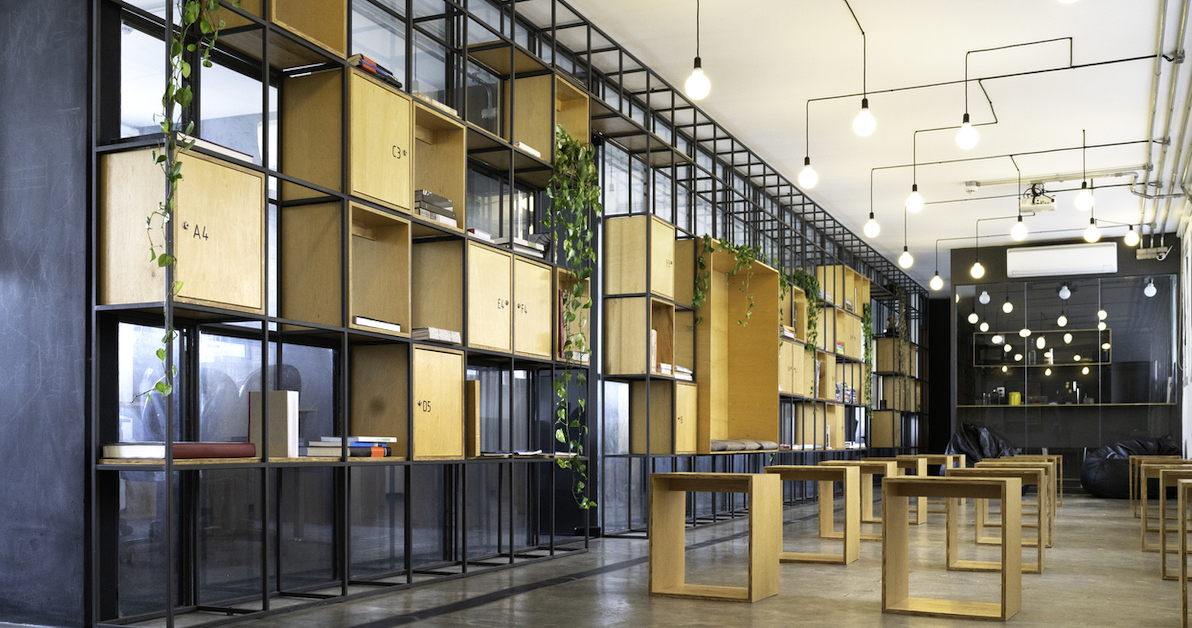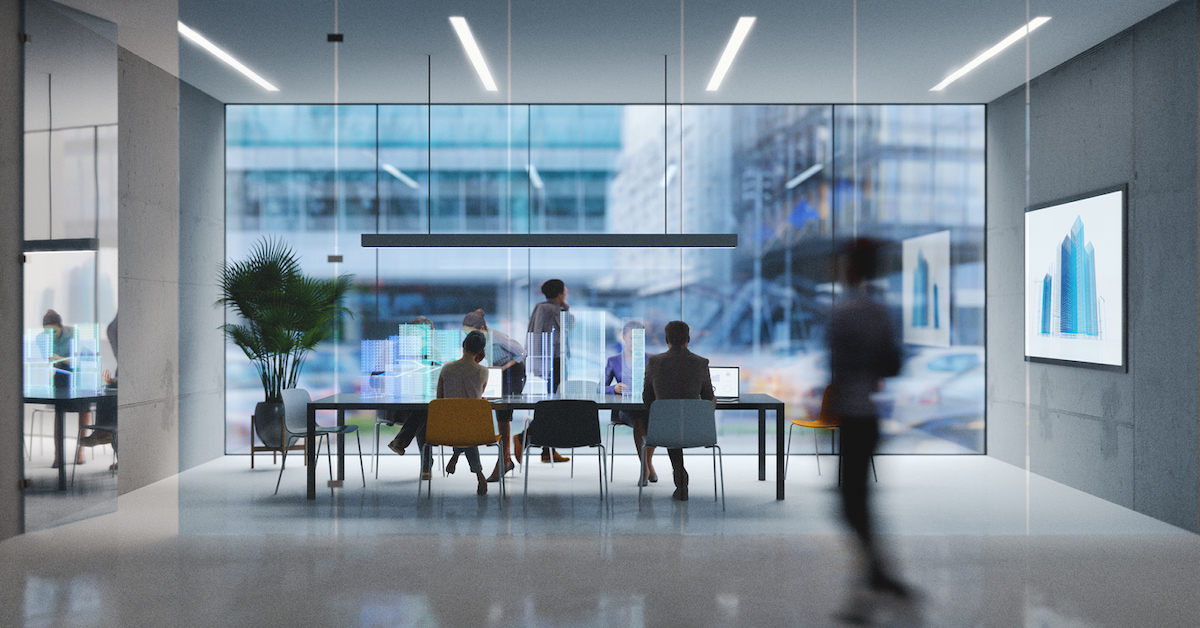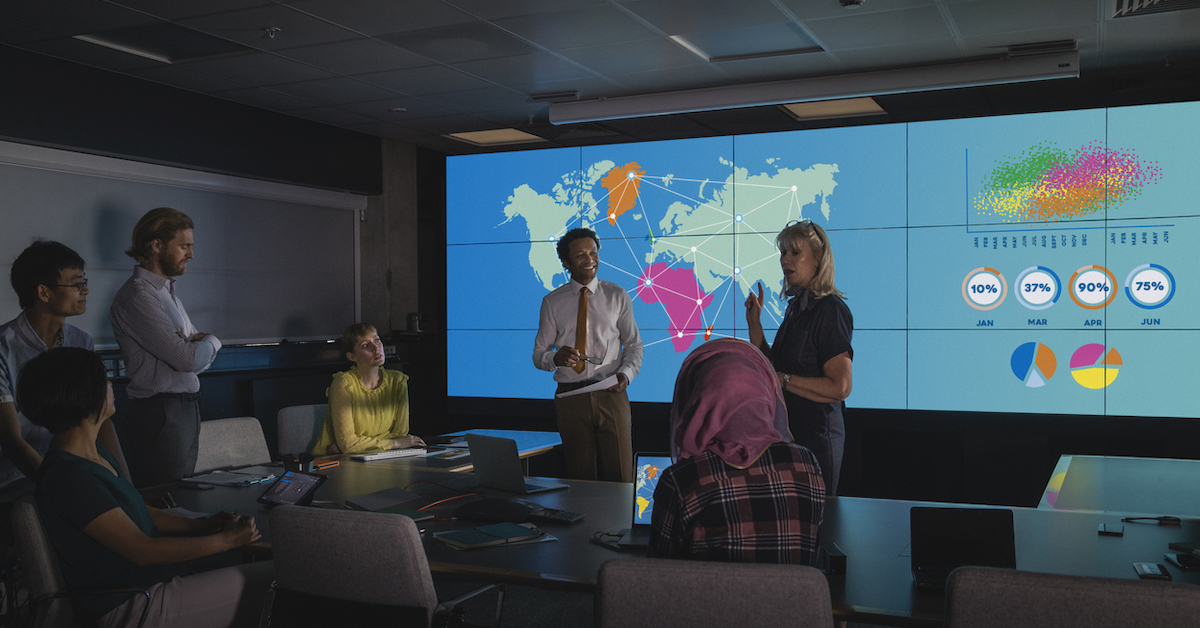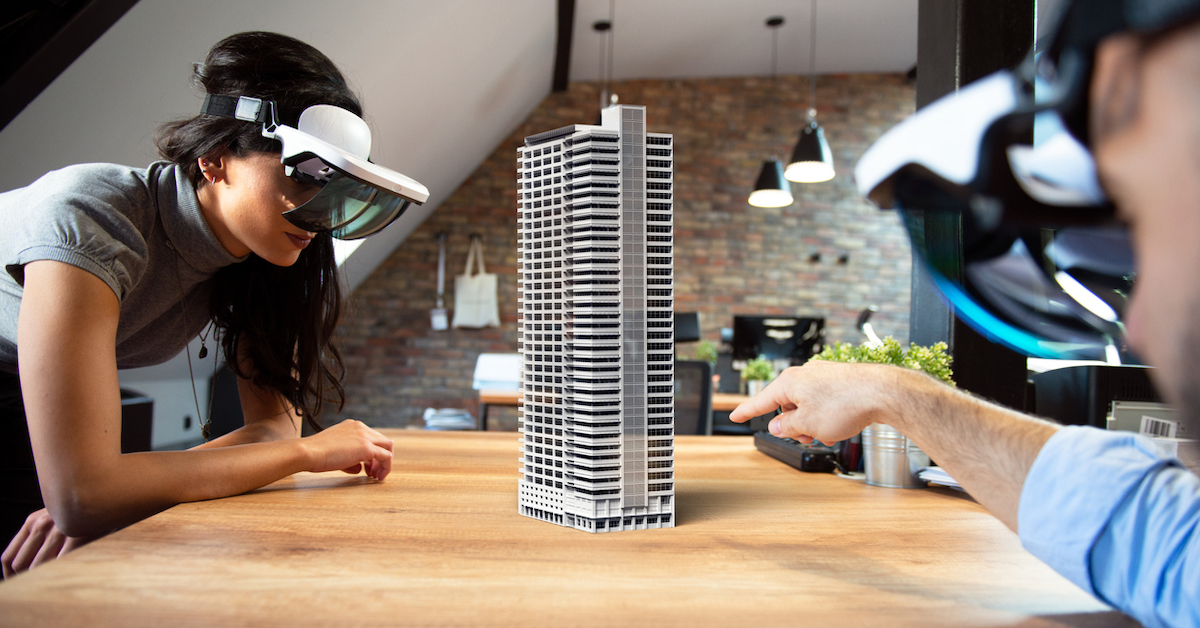
Technology for Technology Sake Is Not Innovative
No doubt, the cool factor of today’s smart spaces has a unique ability to generate buzz. Yet, in a world where smart devices have become the norm, smart spaces need to be able to deliver more.
Why? People are realizing that even though it is possible to make space extremely intelligent, if the space is not helpful or supports what they're trying to do, or fails to simplify daily tasks, the value quickly diminishes.
 The standard conference room is a great example. Loading one of these spaces up with the latest technology doesn't necessarily make it easier for people to have a meeting. At the same time, it doesn't necessarily make it easier when the meeting room doesn't work for the user to get it back online or find a new place to meet.
The standard conference room is a great example. Loading one of these spaces up with the latest technology doesn't necessarily make it easier for people to have a meeting. At the same time, it doesn't necessarily make it easier when the meeting room doesn't work for the user to get it back online or find a new place to meet.
Of course, utilizing and properly deploying the right technologies can make a significant difference in these spaces. AI, automation, as well as advanced presence sensors can play a big role in not only understanding that there is someone in the room, rather recognize when the right people are in the room, each can add significant value to these spaces.
 Eye on engagement
Eye on engagement
The ability to improve and enhance engagement is one of the best ways innovative technology can make a difference. This is true throughout the corporate world – even in a commercial lobby. Innovative solutions can quickly turn lobbies into meaningful learning spaces by engaging with customers and employees. These intelligent uses of technology can also pave the way for customers and employees to become part of the story as brand ambassadors.
One such example in Atlanta is a corporate lobby with a small photo studio in the space. Here, guests and employees may have their photo taken, input their favorite thing about the company or share how long they’ve been employed with the group. From there, the person’s headshot becomes part of the content in the lobby, part of the brand, supporting the narrative of the space.
 This is one of many strategies where implementing a technology system will support ongoing content development. In this case, the guests and employees were the catalyst helping develop content. In other examples, we see the use of real-time, data-driven content systems. Pulling data from public streams, such as Twitter or Google searches, or internal metrics such as active customers, traffic flow, or a myriad of data points can be translated into swaths of color for video or musical notes for an auditory experience.
This is one of many strategies where implementing a technology system will support ongoing content development. In this case, the guests and employees were the catalyst helping develop content. In other examples, we see the use of real-time, data-driven content systems. Pulling data from public streams, such as Twitter or Google searches, or internal metrics such as active customers, traffic flow, or a myriad of data points can be translated into swaths of color for video or musical notes for an auditory experience.
Today’s innovative technology, content, and software enable companies to be more dynamic in creating customer engagement. This is true for small firms or multi-national corporations with regional offices. Through interconnected systems, we can support a company’s delivery of global, national, or regional engagement strategies.
 Putting together the pieces
Putting together the pieces
Technology. Technology is constantly evolving and moving toward IT-based solutions; we’ve been talking about the convergence of AV and IT for some time but it’s here now and it’s allowing companies to do more with less. Spaces are becoming more useful to broader user groups, all needing to serve their customers with unique methods.
Deployment. It all starts with why this experience is being built and what is the story of the space. Understanding the needs of the customer, the learning objectives of the businesses, and how all parties gauge success, is paramount to a deployment strategy. Without clearly defined goals (engagement, increased knowledge, efficiency of real estate) the implementation of technology may become a burden, not a benefit.
Space. How does the space itself support the customer or employee journey and what areas of the space may be enhanced using technology? Technology should always augment the architecture to further assist in accomplishing the deployment goals.
 Partners. Innovation requires a team. Integrators must work with architects and the business groups to understand the purpose of the space. When technology is deemed useful, these groups must ensure the space can support the technology from a facility impact perspective (power, heat, weight). Working closely with content designers is crucial to the success of the project. Integrators need to ensure the equipment can support the various inputs and outputs to empower the content designers to tell the story.
Partners. Innovation requires a team. Integrators must work with architects and the business groups to understand the purpose of the space. When technology is deemed useful, these groups must ensure the space can support the technology from a facility impact perspective (power, heat, weight). Working closely with content designers is crucial to the success of the project. Integrators need to ensure the equipment can support the various inputs and outputs to empower the content designers to tell the story.
Justification. There is always a dire need to quantify and qualify a technology solution. It is one thing to make a room look beautiful, but it’s another to demonstrate a positive return on investment. For instance, has the deployment played a meaningful role in ensuring the customer base is more knowledgeable? Or, is the investment providing workers with the tools needed to make their spaces more productive?
 “Future-proof.” Designing innovative spaces should focus on the specific functions a piece of hardware provides, rather than which piece of hardware to buy. There will always be a newer model flat-panel display, or a better speaker to buy, so companies must focus on the role that piece of technology plays in the experience. When designing future spaces, the infrastructure is far more important than the bill of materials required. If customers focus on function instead of part numbers, they’ll find their spaces will continually evolve with their ever-changing brand.
“Future-proof.” Designing innovative spaces should focus on the specific functions a piece of hardware provides, rather than which piece of hardware to buy. There will always be a newer model flat-panel display, or a better speaker to buy, so companies must focus on the role that piece of technology plays in the experience. When designing future spaces, the infrastructure is far more important than the bill of materials required. If customers focus on function instead of part numbers, they’ll find their spaces will continually evolve with their ever-changing brand.
Are you interested creating an environment that goes beyond smart or cool to on that actually delivers the improved functionality you need to meet your organization’s evolving goals? Electrosonic can help. As a global leader known for its ability to find creative uses to the latest technology can offer, Electrosonic provides you will access to over 55 years of experience and expertise. Click here to learn more.
Yiannis Cabolis
Yiannis Cabolis, Director of Technology Innovation at Electrosonic, shares the inside track on how technology drives innovation. He brings 30 years’ experience monitoring emerging technologies, developing best practices and driving Research and Development to solve challenges and help clients understand how to benefit from the latest engineered technology solutions.










.jpg?width=1500&height=995&name=ELC501_N17_medium%20(1).jpg)







































































































































































































